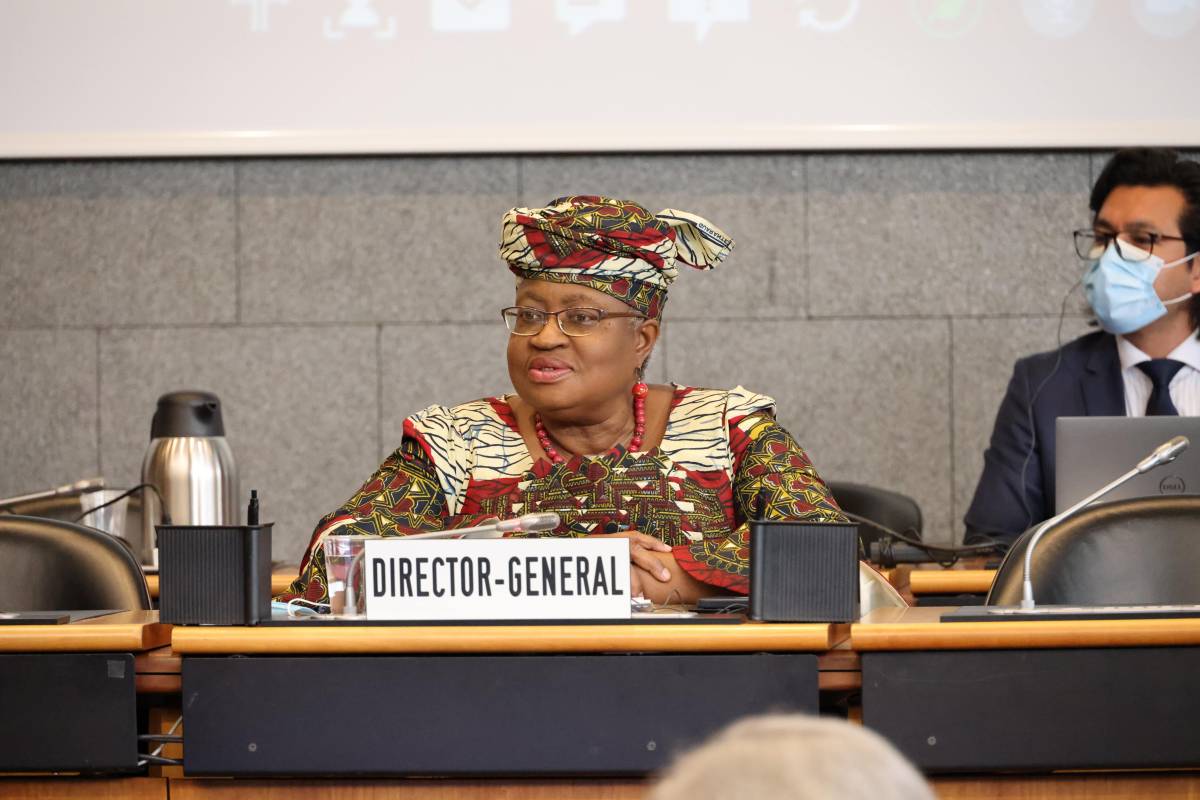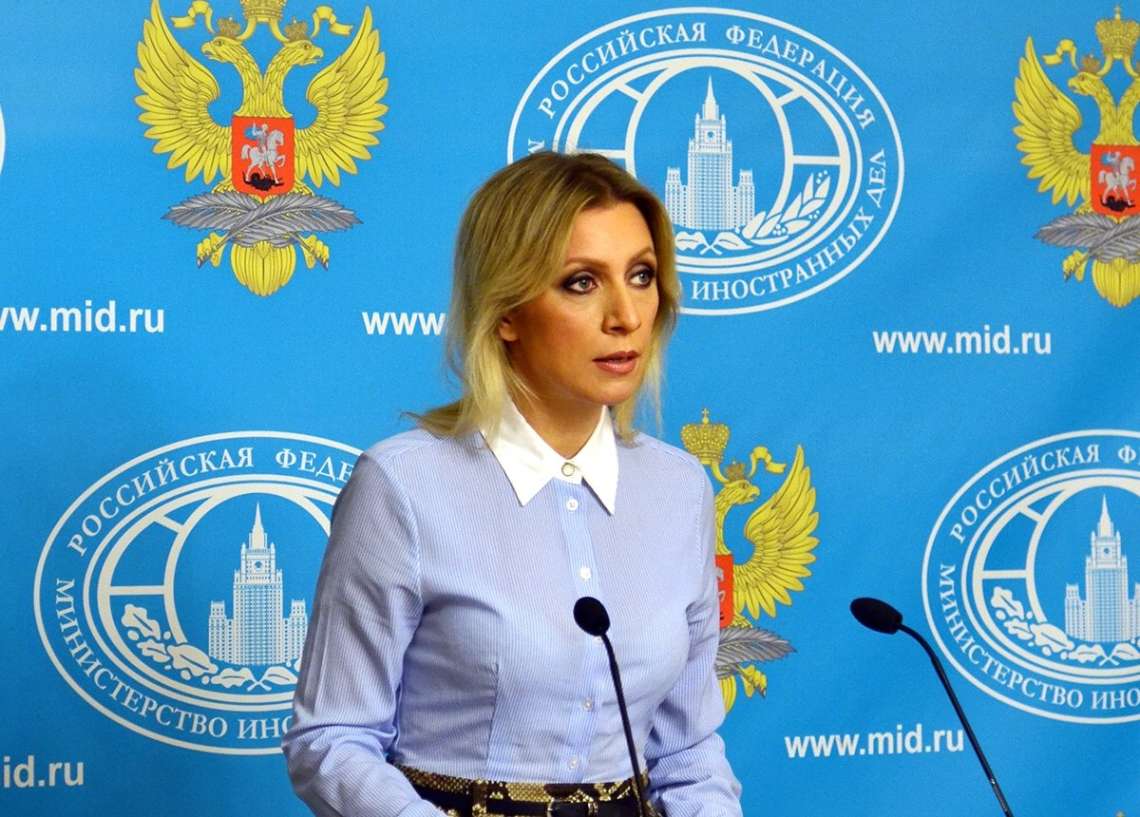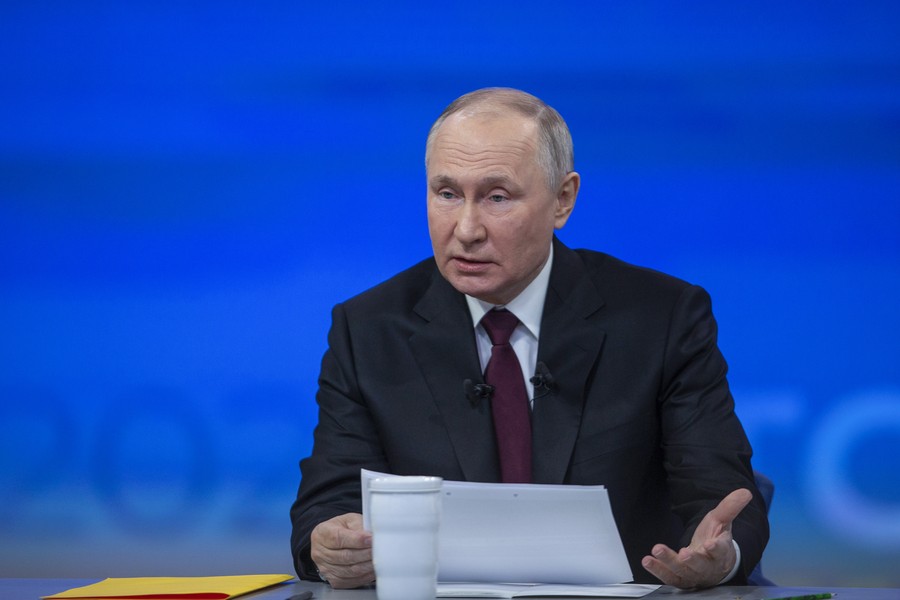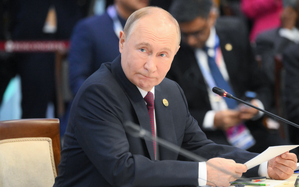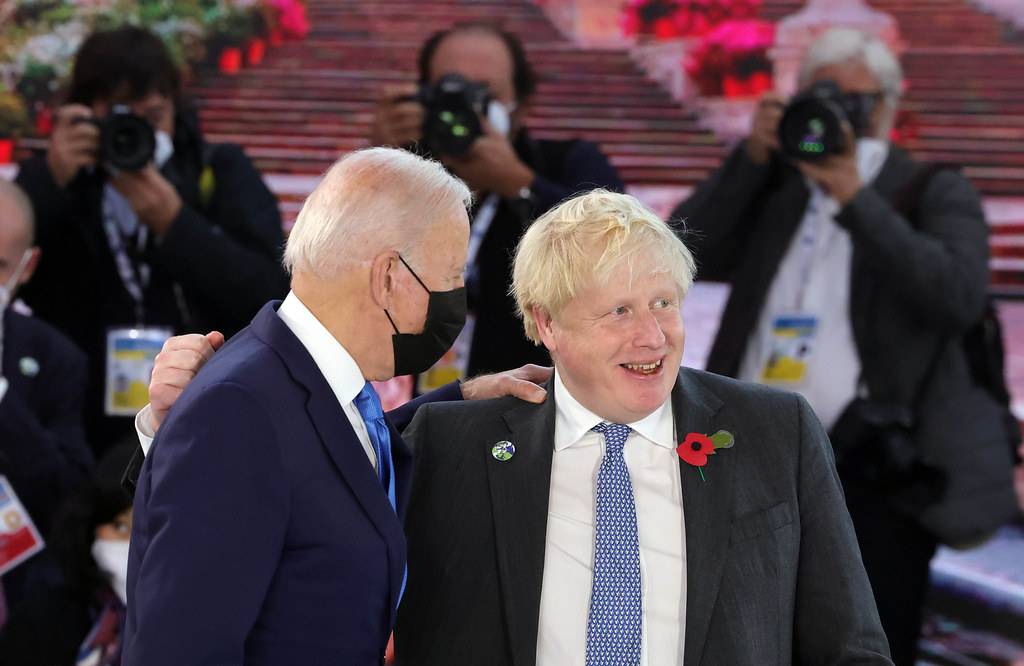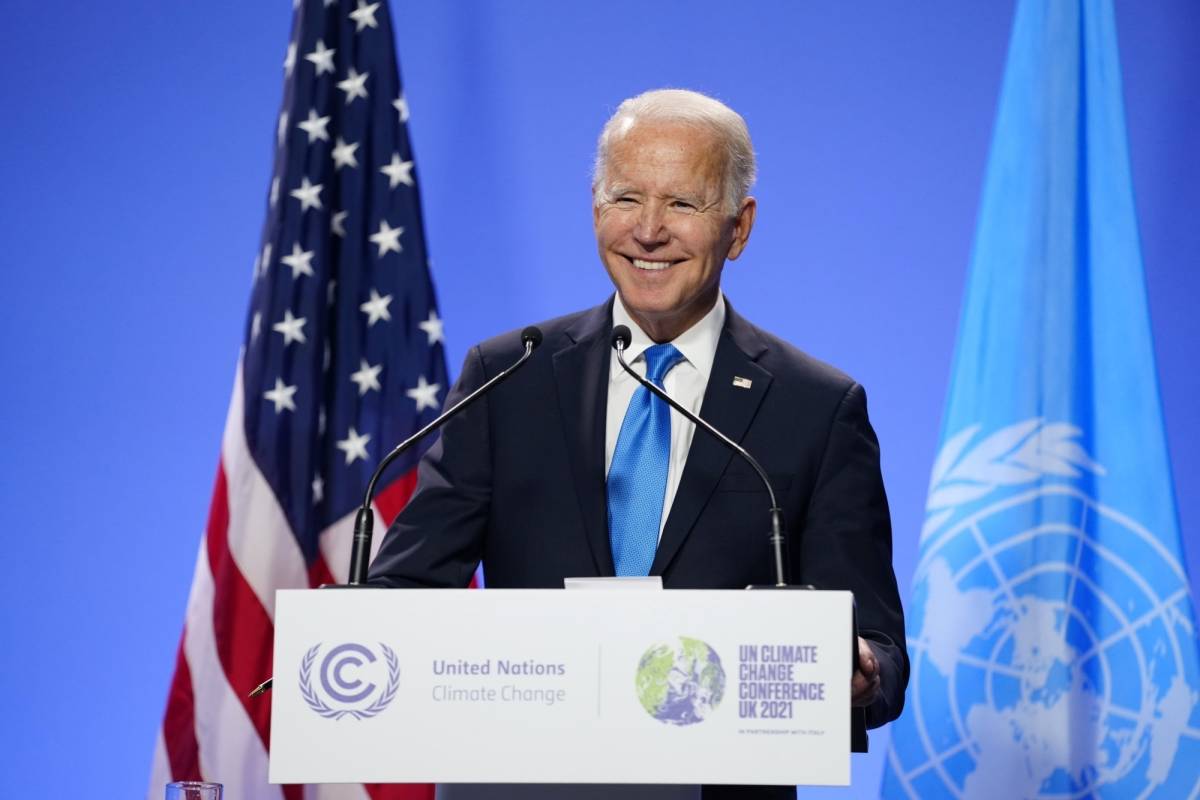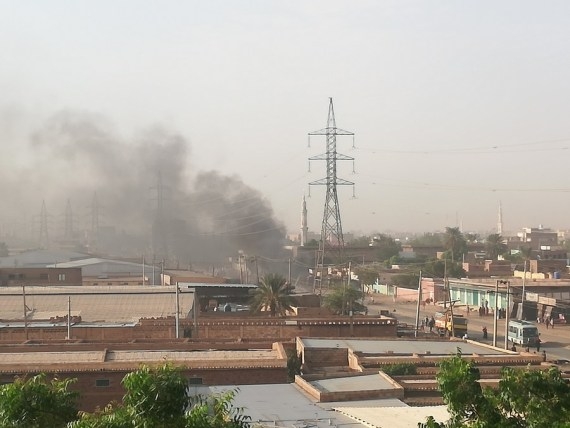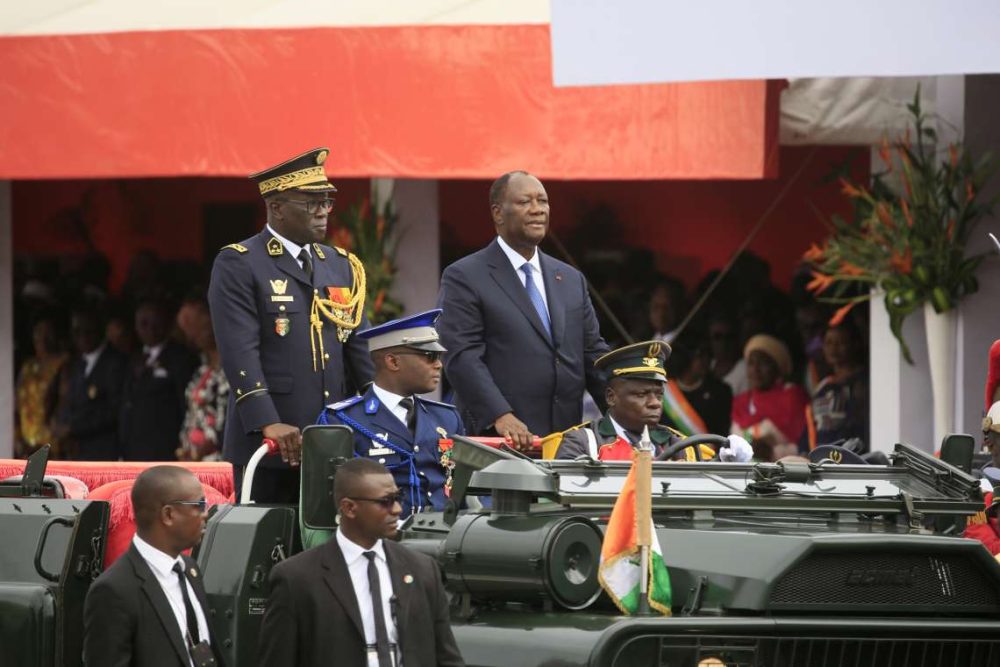The war in Ukraine has created immense human suffering but it is also putting the fragile recovery of global trade at risk, and the impact will be felt across the planet, the World Trade Organization
Prospects for the global economy have darkened since the outbreak of war in Ukraine on 24 February, prompting WTO economists to reassess their projections for world trade over the next two years.
World merchandise trade volume is expected to grow 3.0% in 2022 (down from 4.7% previously) and 3.4% in 2023, but these figures may be subject to revision due to uncertainty about the course of the conflict in Ukraine.
World GDP at market exchange rates is expected to increase by 2.8% in 2022 after rising 5.7% in 2021. Output growth should pick up to 3.2% in 2023, assuming persistent geopolitical and economic uncertainty.
The most immediate economic impact of the crisis has been a sharp rise in commodity prices. Despite their small shares in world trade and output, Russia and Ukraine are key suppliers of essential goods including food, energy, and fertilizers, supplies of which are now threatened by the war. Grain shipments through Black Sea ports have already been halted, with potentially dire consequences for food security in poor countries.
The war is not the only factor weighing on world trade at the moment. Lockdowns in China to prevent the spread of COVID-19 are again disrupting seaborne trade at a time when supply chain pressures appeared to be easing. This could lead to renewed shortages of manufacturing inputs and higher inflation.
“The war in Ukraine has created immense human suffering, but it has also damaged the global economy at a critical juncture. Its impact will be felt around the world, particularly in low-income countries, where food accounts for a large fraction of household spending,” Director-General Ngozi Okonjo-Iweala said. “Smaller supplies and higher prices for food mean that the world’s poor could be forced to do without. This must not be allowed to happen. This is not the time to turn inward. In a crisis, more trade is needed to ensure stable, equitable access to necessities. Restricting trade will threaten the wellbeing of families and businesses and make more fraught the task of building a durable economic recovery from COVID‑19,” the Director-General went on to say.
She said governments and multilateral organizations must work together to facilitate trade at a time of sharp inflationary pressures on essential supplies and growing pressures on supply chains.
“History teaches us that dividing the world economy into rival blocs and turning our backs on the poorest countries leads neither to prosperity nor to peace. The WTO can play a pivotal role by providing a forum where countries can discuss their differences without resorting to force, and it deserves to be supported in that mission,” she said.
With little hard data on the economic impact of the conflict, WTO economists have had to rely on simulations to generate reasonable assumptions about GDP growth in 2022 and 2023. Current estimates based on the WTO Global Trade Model capture (1) the direct impact of the war in Ukraine, including destruction of infrastructure and increased trade costs; (2) the impact of sanctions on Russia, including the blocking of Russian banks from the SWIFT settlement system; and (3) reduced aggregate demand in the rest of the world due to falling business/consumer confidence and rising uncertainty.
ALSO READ:War to halve Ukraine’s economy
Under these assumptions, world GDP at market exchange rates is expected to grow by 2.8% in 2022, down 1.3 percentage points from the previous forecast of 4.1%. Growth should pick up to 3.2% in 2023, close to the average rate of 3.0% between 2010 and 2019. Output in the Commonwealth of Independent States (CIS) region—which excludes Ukraine—is expected to see a sharp 7.9% drop, leading to a 12.0% contraction in the region’s imports.
Unlike oil prices, natural gas prices tend to diverge strongly across regions. The price of natural gas in Europe rose 45% between January and March to US$ 41.0 per million Btu, whereas prices remained relatively low in the United States at around US$ 4.9 per million Btu. Higher oil prices may reduce real incomes and import demand worldwide, while higher natural gas prices would probably have a greater impact in Europe.
In the two decades before the global financial crisis, world merchandise trade volume grew around twice as fast as world GDP at market exchange rates, but the ratio between trade growth and GDP growth fell to around 1:1 on average after the crisis. If the current forecast is realized, this ratio would be 1.1:1 in both 2022 and 2023, suggesting no fundamental change in the relationship between trade and output. Risks to the forecast are mixed and difficult to assess objectively. There is some upside potential if the war in Ukraine ends sooner than expected, but substantial downside risks could emerge if fighting persists for a long time or if the conflict escalates.
Regional disparities in the forecasts persist, but Europe is now expected to underperform on the import side along with Africa and the CIS. The latter is mostly due to sanctions against Russia. Meanwhile, Middle East import volumes are expected to pick up as higher oil prices boost export revenues, allowing countries in the region to import more. Weakness in Europe is partly due to the fact that Ukraine is included in this country group, dragging down the regional average. The low level of imports in Africa is partly due to unexpected declines in the second half of 2021, which are projected forward into the future.
Export volumes show slow growth in most regions, including the CIS, since Russia is still able to export fuels. If the situation were to change, we might see stronger export volume growth in other fuel producing regions.
The year 2021 saw a sharp rebound in trade volumes after the pandemic-induced slump of 2020, but growth might have been stronger without recurring waves of COVID-19 during the year. Every region had export growth below the world average of 9.8% except for Asia, which saw its exports increase by 13.8%. The situation was reversed on the import side, where North America, South America, the CIS and Asia all recorded above average growth.


